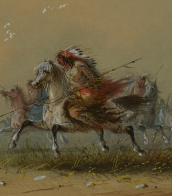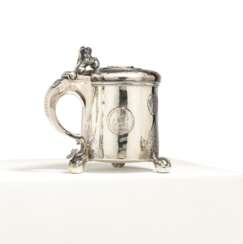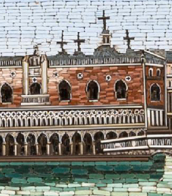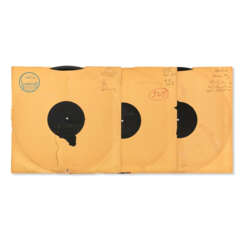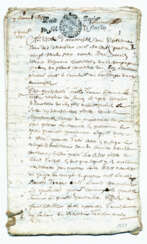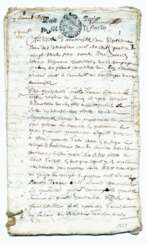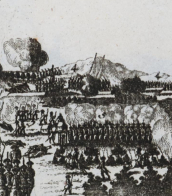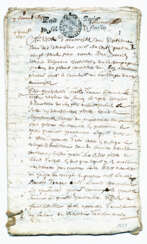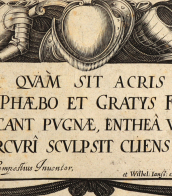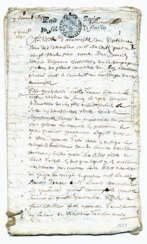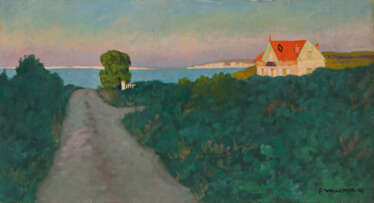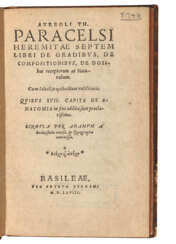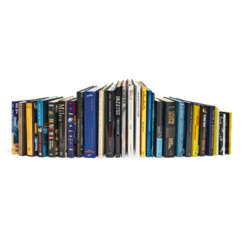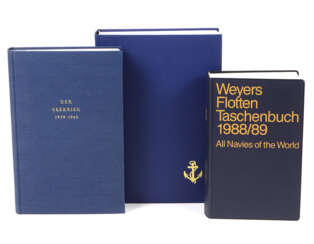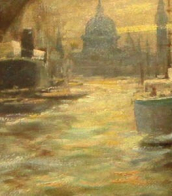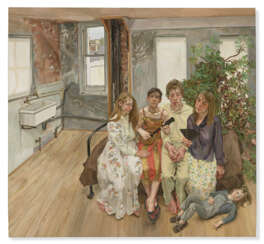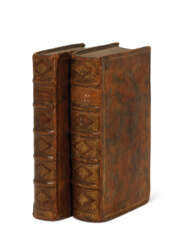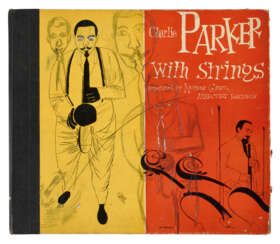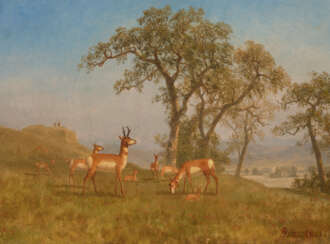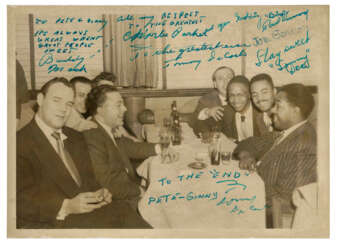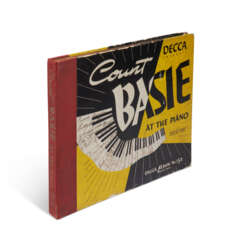peter norman




Félix Vallotton, a Swiss-born French graphic artist and painter, is recognized for his distinctive woodcuts and paintings of nudes and interiors. Vallotton's journey into art began in Paris, where he attended the Académie Julian, fostering a unique style that broke from traditional norms. His early works, characterized by extreme realism, were showcased at the Salon des Artistes Français and the Paris Universal Exposition of 1889. This period also marked Vallotton's encounter with Japanese prints, notably those by Hokusai, profoundly influencing his artistic direction.
In 1892, Vallotton joined Les Nabis, a group of avant-garde artists including Pierre Bonnard, Maurice Denis, and Édouard Vuillard, which led to a significant evolution in his style. His paintings from this era, such as "Bathers on a Summer Evening" and "Moonlight," exhibited at the Kunsthaus Zürich and the Musée d'Orsay respectively, reveal a departure from realism towards a more symbolic and abstract representation. The works from this period are characterized by flat areas of color, hard edges, and simplified details, mirroring the style he developed in his woodcuts.
Vallotton's woodcuts, like "Intimités" (Intimacies), a series published in 1898, showcased his mastery in capturing the nuances of human relationships, particularly the tensions between men and women. His graphic art, which included depictions of domestic scenes, bathing women, and street crowds, was not just celebrated in Europe but also influenced artists like Edvard Munch, Aubrey Beardsley, and Ernst Ludwig Kirchner.
Towards the end of his career, Vallotton continued to innovate, combining elements of realism and abstraction, evident in paintings like "La Malade" (The Sick Girl) and "Clair de lune" (Moonlight). His works remain a testament to his ability to merge technical precision with a poignant exploration of human emotions and societal themes.
For art collectors and experts, Vallotton's body of work offers a rich and diverse exploration of early 20th-century art movements, especially his role in the development of modern woodcut techniques and his contribution to the Nabis movement. His works are a study in the fusion of realism and symbolism, marked by a distinctive style that makes his art enduringly relevant and compelling.
For those interested in discovering more about Félix Vallotton and staying updated on related product sales and auction events, signing up for updates is a great opportunity. This subscription will exclusively alert you to new sales and events pertaining to Vallotton's works, ensuring you remain informed in the dynamic world of art and antiques.

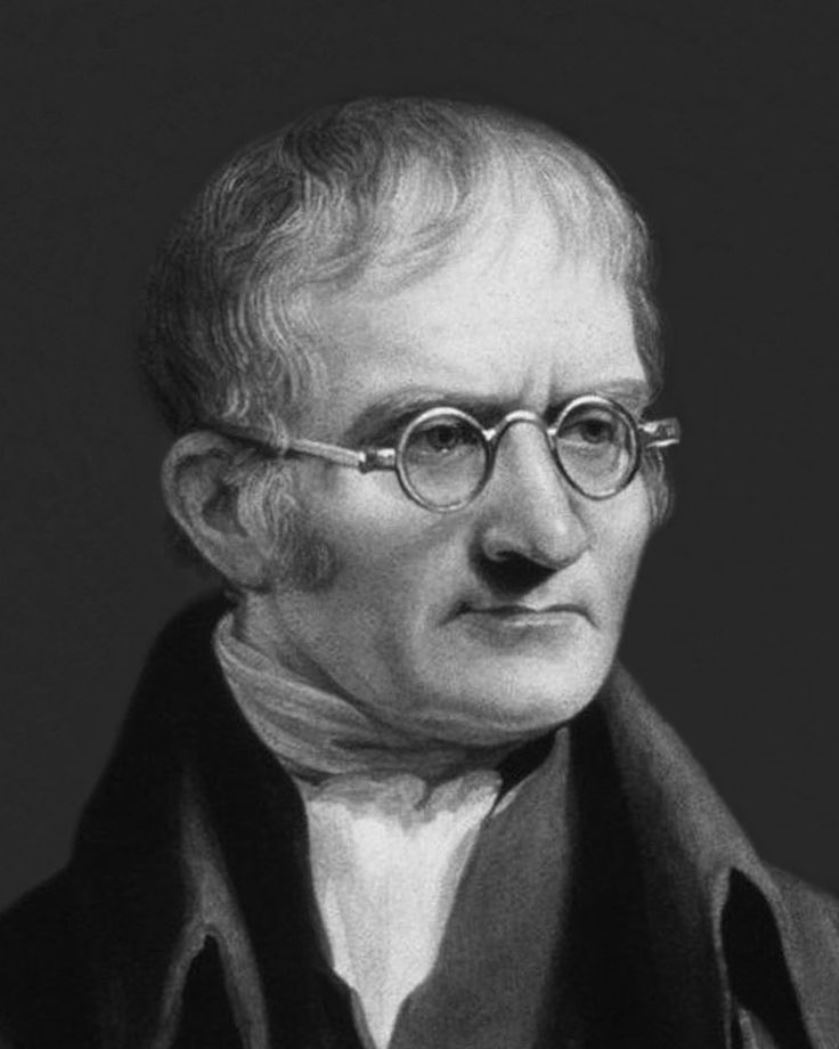
John Dalton was a British scientist, chemist and physicist, naturalist, and pioneer in the development of modern atomic theory.
In the 1800s, he was the first scientist to explain the behavior of atoms in terms of weight measurements. Some of the tenets of Dalton's atomic theory proved to be false, but most of the conclusions remain valid to this day.
Problems with his own eyesight led Dalton to research and describe the visual defect he himself suffered from in 1794 - color blindness, later named color blindness in his honor.

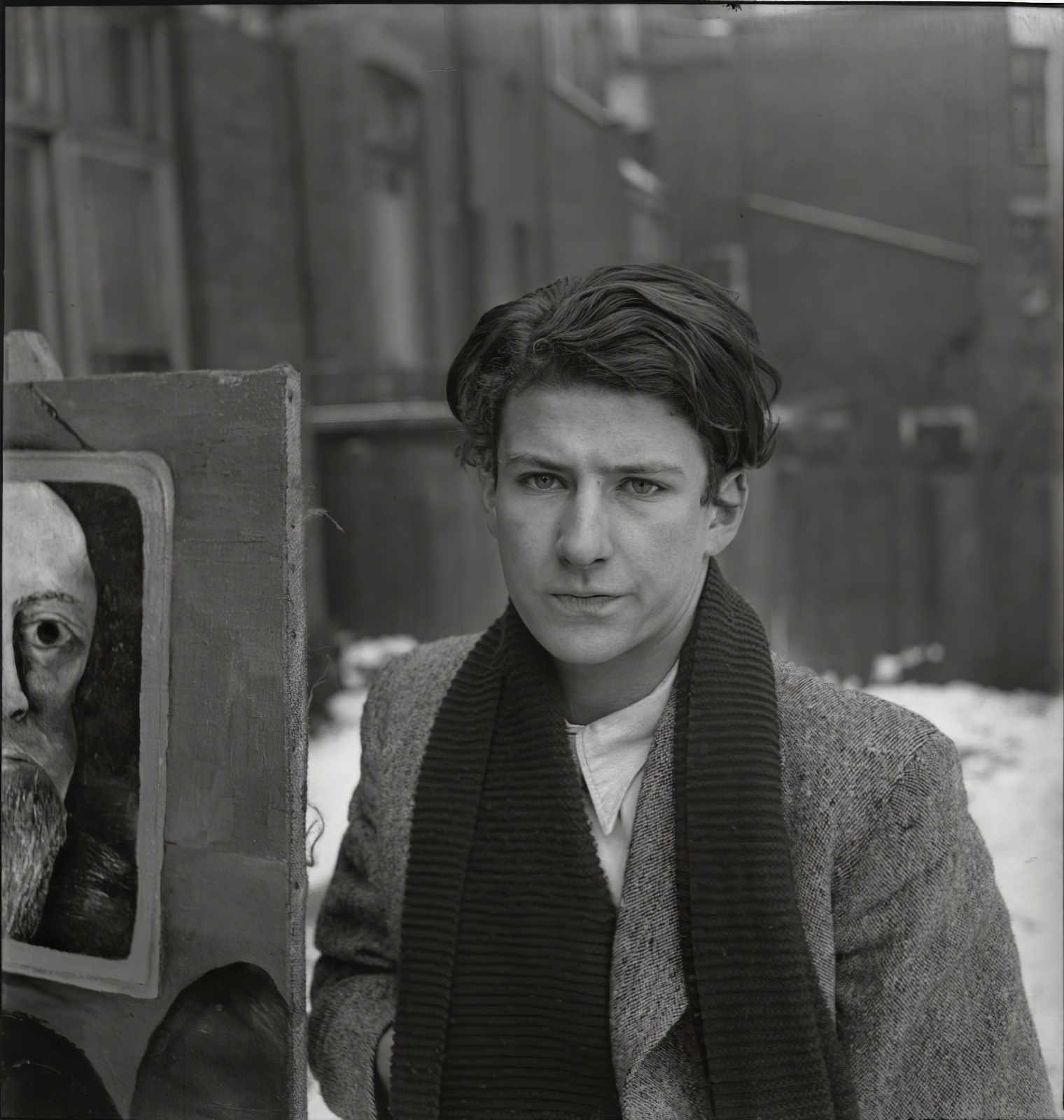
Lucian Michael Freud was a British painter and draughtsman, specialising in figurative art, and is known as one of the foremost 20th-century English portraitists. He was born in Berlin, the son of Jewish architect Ernst L. Freud and the grandson of Sigmund Freud. Freud got his first name "Lucian" from his mother in memory of the ancient writer Lucian of Samosata. His family moved to England in 1933 to escape the rise of Nazism. From 1942 to 1943 he attended Goldsmiths College, London. He served at sea with the British Merchant Navy during the Second World War.


Pablo Ruiz Picasso, a Spanish artist renowned for his revolutionary contributions to the 20th-century art scene, is a figure that resonates profoundly with collectors and art experts. His unique blend of talents in painting, sculpture, printmaking, and ceramic art, infused with his time in France, positioned him as a pivotal character in modern art history.
Picasso's artistic journey was marked by distinct periods, each showcasing his evolving style and genius. His early years were characterized by the Blue Period (1901-1904), followed by the Rose Period (1904-1906), and then the African-influenced Period (1907-1909). Picasso's name is synonymous with Cubism, a movement he co-founded, which significantly altered artistic perspectives and methods. Works like "Les Demoiselles d'Avignon" (1907) and "Guernica" (1937) are emblematic of his cubist legacy, the latter being a poignant anti-war statement that remains influential.
His later years saw a return to more traditional styles, with neoclassical and surrealist influences becoming evident. Works from these phases reflect a deep engagement with mythological themes, as seen in "Faun with Stars" (1955), symbolizing his late-life romance with Jacqueline Roque, his second wife.
Picasso's prolific output and innovative spirit made him a legend in his own time, a status that only grew after his death. His works, housed in major museums and private collections worldwide, continue to captivate and inspire.
As a collector or expert in art and antiques, staying informed about Picasso's works, their auction events, and sales is essential. To stay updated on the latest developments and opportunities related to Pablo Picasso, sign up for our specialized updates. Rest assured, this subscription will focus solely on new product sales and auction events pertaining to Picasso's art, ensuring that you receive only the most relevant and valuable information.

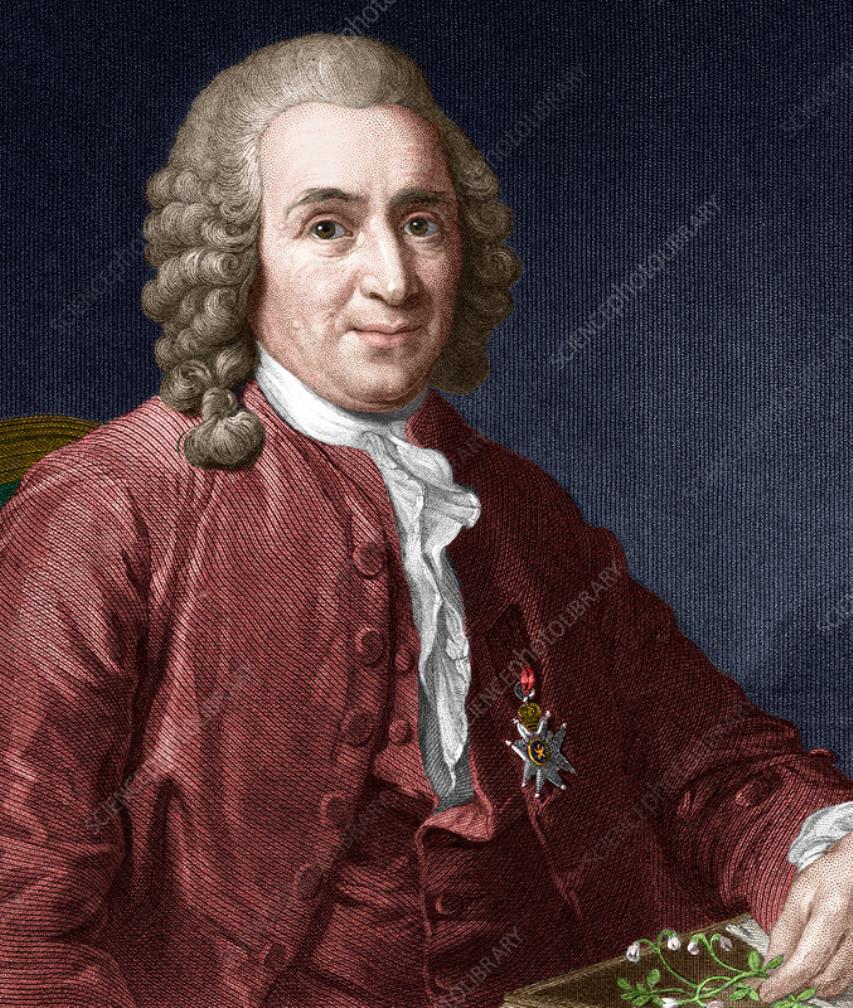
Carl Linnaeus was a Swedish naturalist, botanist and physician.
Carl Linnaeus created a unified system of classification of flora and fauna, in which he summarized and organized the knowledge of the entire previous period of development of biological science. He was the first to formulate the principles of definition of living beings of natural nature and created a unified system of their names, binary nomenclature. Linnaeus' book "The System of Nature", first published in 1735, is one of the most important books in the history of science and practically opened the classification of plants and animals.
Linnaeus was a professor at Uppsala University for many years, and he is also valued in Sweden as one of the creators of the literary Swedish language in its modern form. In addition to his work in botany and scientific classification, Linnaeus led many activities for the betterment of his native country. He was also involved in the establishment of the Royal Swedish Academy of Sciences.


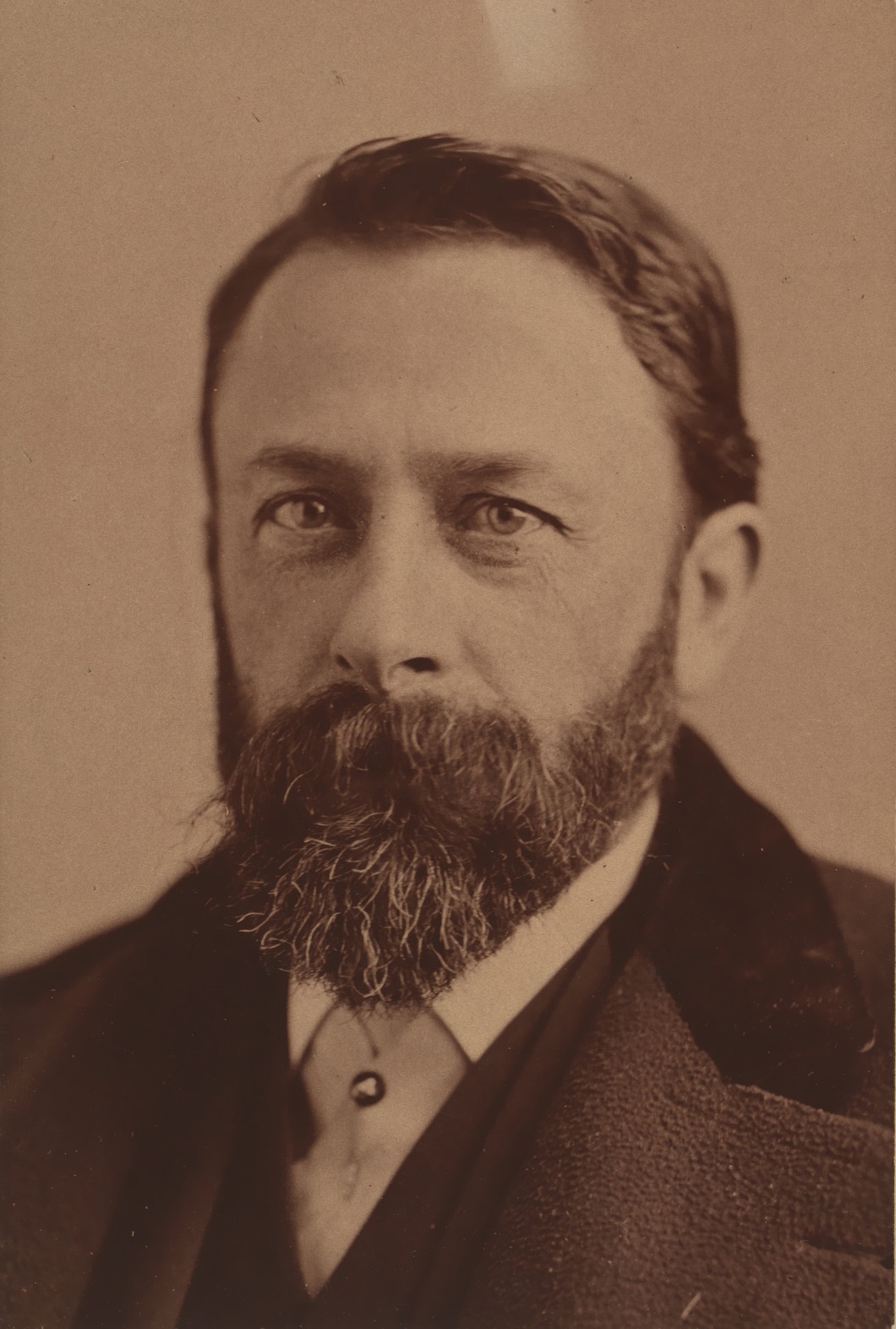
Albert Bierstadt, a German-American painter, became renowned for his expansive and romanticized landscapes of the American West. Born in Solingen, Germany, in 1830, Bierstadt moved to New Bedford, Massachusetts, at the age of two with his family. Largely self-taught, he initially worked as a drawing teacher before traveling to Europe to hone his skills. Bierstadt's European studies, particularly in Düsseldorf, greatly influenced his artistic style, equipping him with the techniques that he would later apply to his majestic depictions of the American wilderness.
Bierstadt's first major expedition to the West in 1859 marked the beginning of his lifelong fascination with the region. His works from this period, such as "The Rocky Mountains, Lander's Peak" (1863), captured the public imagination and established him as a leading figure in the Hudson River School. These paintings were celebrated for their detailed and idealized portrayal of the rugged landscapes and played a role in shaping the perception of the American West during a time of rapid territorial expansion and exploration.
Despite his success, Bierstadt's style fell out of favor towards the end of his career as tastes shifted towards realism and Impressionism. His later works, including "The Last of the Buffalo" (1888), were criticized for their perceived theatricality and excessive romanticism. Bierstadt's popularity waned, and he faced financial difficulties, but his legacy experienced a resurgence in the mid-20th century as interest in his technique and contributions to American art history grew.
For collectors and enthusiasts of American landscape painting, Bierstadt’s works offer a vivid, albeit embellished, glimpse into the 19th-century frontier spirit. His paintings are housed in major institutions like the Metropolitan Museum of Art and the National Gallery of Art, serving as testaments to his skill and vision.
To stay updated on exhibitions and sales related to Albert Bierstadt's works, consider signing up for alerts tailored to his artistic contributions. This subscription will keep you informed about new discoveries and auction events specifically linked to Bierstadt's enduring legacy.
